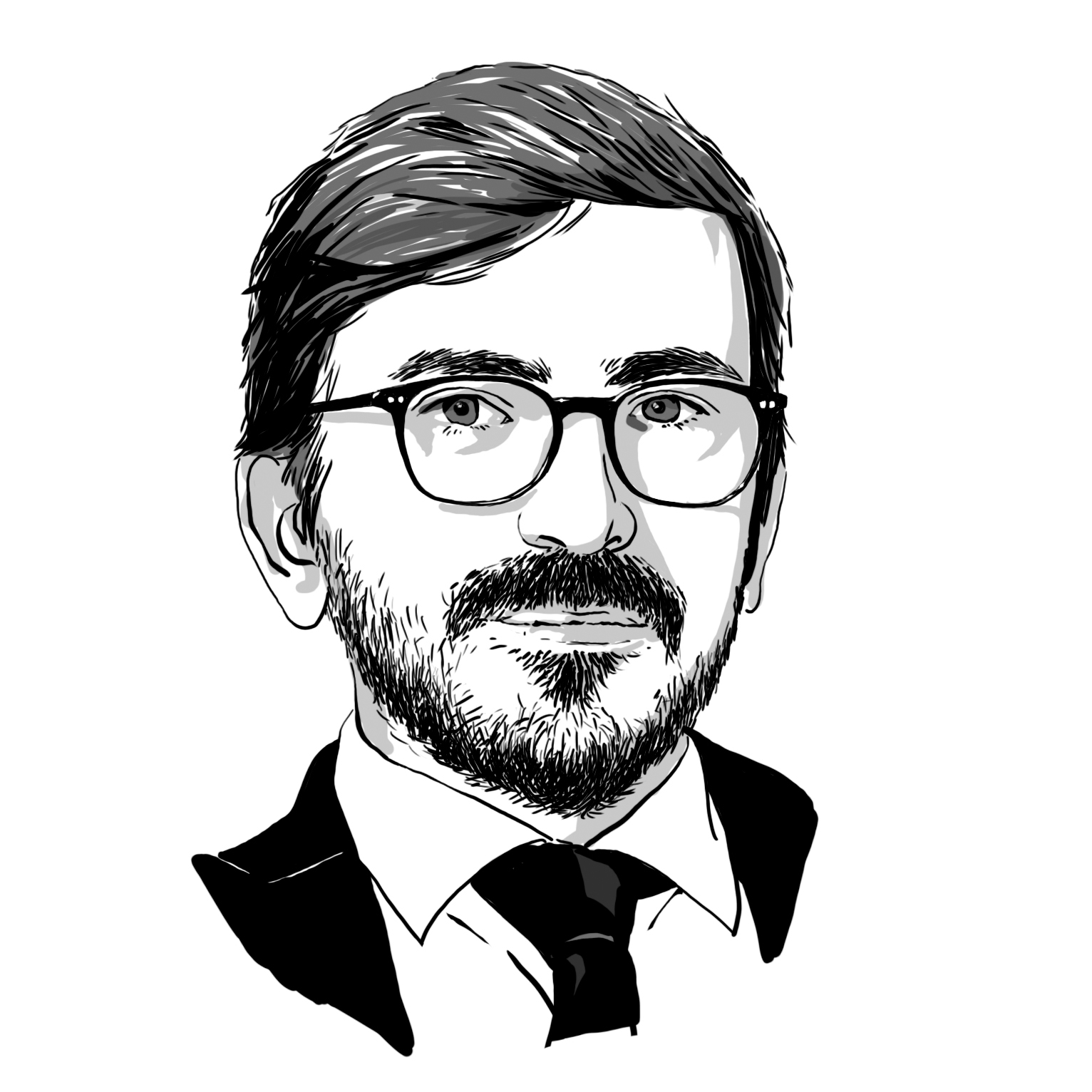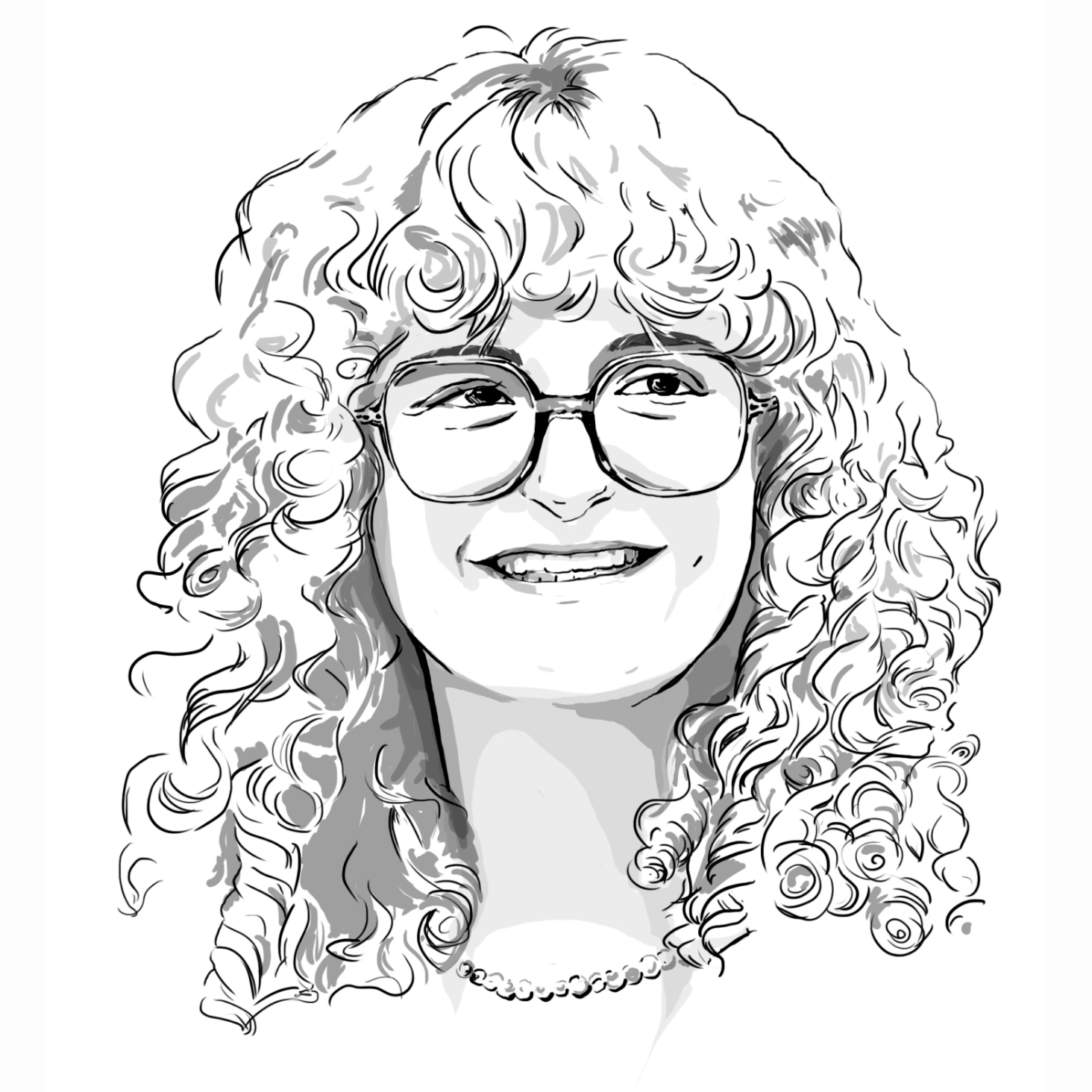Isabelle Delannoy and Patrick Samama founded Entreprise Symbiotique, an activist organization whose mission is to demonstrate the capacity of the regenerative economy to replace the extractive model. She wrote the foreword for AFNOR SPEC 2315 on the regenerative economy, published in October 2024, which aims to establish a framework that fosters alignment among stakeholders around this appealing but often ambiguous concept. The goal is to scale up and offer a functional, pragmatic alternative to current value models.
Could you tell us about the origins of this SPEC?
I have been supporting organizations and local communities since 2012. We want to continue this work, but always in an action-research mode. That means we must remain free to experiment, document, test, and adjust.
However, the structures of today’s world tend to work against this. One must be an excellent entrepreneur to successfully carry out such projects—it takes perseverance and talent. The purpose of our organization is to illuminate pathways toward regeneration. We seek out the things that remain in the shadows, the missing links, whether from a strategic, economic, or cultural perspective. In the case of the regenerative economy, it was clear that a collective framework was lacking.
What is the regenerative economy?
The primary goal of the AFNOR SPEC initiative on the regenerative economy was precisely to establish a definition. To achieve this, we drew from existing literature and collaborated with entrepreneurs, local governments, associations, companies eager to engage, pioneers in implementation and commitment, as well as researchers who provided a structured approach.
Together, we defined the regenerative economy as “an economy aimed at human ecological prosperity and at sustaining the vitality of ecological, economic, and social systems within a defined spatial context.” It is an economy that seeks to regenerate living ecosystems, restore social ecosystems, and ensure the prosperity of its economic environment. Additionally, it focuses on renewing, in both quality and quantity, the resources it utilizes—whether materials, energy, biological capacity, or human capability.
Ultimately, it is an economy that pursues flourishing. It aims to create value at all levels: ecological value, social value, economic value, and human value. Value creation is truly at the core of this economy.
One could argue that businesses are already regenerative—except that they focus solely on regenerating euros. That is, you invest a certain amount in a company and expect a return on investment, at minimum an equivalent renewal. If we expect businesses to create value, we must apply the same principle to ecological and social factors as we do to financial capital.
What does ecological value creation look like? And what does environmental value mean?
First, the mass of our infrastructure and machines now outweighs all living biomass on Earth. There is much to recover. When we decontaminate polluted areas or remove asphalt, human intervention can restore ecological services where none existed.
Living systems possess extraordinary, multifunctional characteristics. They provide ecological services—producing fiber, food, temperature regulation, water and oxygen, and even aesthetic value. As they develop, they generate a multitude of services, which in turn create value, either as production factors or by reducing costs.
For instance, people who regularly interact with nature, even visually, experience lower stress levels and take fewer sick days. From a public health perspective, this represents an enormous value creation.
Furthermore, many emerging models require strong social cohesion. Living systems foster this social connection.
Why did you feel it was necessary to develop this SPEC now?
Because we are at a critical juncture. We are facing the potential collapse of our nations and economies. The regenerative economy presents the most accessible and effective systemic response to a set of crises that are themselves systemic.
It is not a new concept. Its origins trace back to agriculture, particularly through Allan Savory in the 1970s. The concept began structuring itself in the 1990s and 2000s before gaining international traction. However, with this popularity comes the risk of “regen-washing”—where anything and everything is labeled regenerative. This standard can help clarify what regenerative truly means—and what it does not.
Standardization processes also provide the most accessible means for companies and entire industries to structure their practices and markets. This was our way of structuring ourselves, using the tools at our disposal, without waiting for government action or investor criteria.
What is the ambition behind this SPEC?
Our shared conviction—among the entire working group—is that this is ultimately about pragmatism. We must reclaim our role as inhabitants of the Earth. The ground is literally shifting beneath our feet. And since the economy is part of the problem, it must also be part of the solution.
That being said, organizations need a way to assess their actions against the imperative of regenerating life, society, and the economy.
In the global literature, we identified four major production paradigms as a starting point:
- “Business as Usual” – In this model, impacts are externalized, and businesses operate independently of their surrounding environment. The primary objective is financial value creation, with little regard for ecological or social considerations.
- The Repair Model – This approach does not fundamentally change the economic or development model but seeks to compensate for negative impacts—either in another location (such as carbon offsetting) or at a later time (such as biodiversity restoration). It involves some systemic thinking, where the role of living systems is acknowledged, but it remains intertwined with business as usual. While this is a strong first step, it has a major flaw: for financial resources to be available for environmental preservation, the extractive model itself must remain profitable. This paradox presents an inherent risk.
- The Preservation Model – This model operates within planetary and social boundaries, meaning that economic activities must stay within these limits. Typically, businesses reduce production volumes while increasing prices, positioning their market offer around their values. This represents a shift in the economic model, integrating systemic thinking and moving away from an extractive, linear economy. However, it also requires resizing economic activity to fit natural constraints.
- The Regenerative Model – This approach links value creation to the economic and social environment, ensuring that as value is created, it also enhances surrounding ecosystems, which, in turn, support further value creation. These models are deeply ecosystemic and evolutionary, fostering the emergence of new resources in much the same way as living systems do. The challenge now is to recognize and leverage these newly created resources. This requires assessing: 1. Whether the model remains aligned with its core purpose, and ; 2. Whether it is economically viable. In most cases, businesses benefit from integrating these new natural and social resources into their value proposition, but this is best achieved in collaboration with stakeholders or through shared initiatives. As one might expect, this fundamentally reshapes development dynamics.
What is striking is that the regenerative economy does generate growth—but not through external expansion. Instead, it grows through densification, by creating value and capturing gains within the system. Growth emerges because the business evolves in tandem with its ecosystem, and in return, the ecosystem enables further growth. This approach does not work if growth is pursued solely for the benefit of the company itself.
We can already see this effect in businesses that are adopting regenerative principles. However, the goal must be twofold: to secure a collective future and to support the company’s growth. Without this balance, the model fails. That is why it is crucial to explain that value creation in a regenerative economy follows new mechanisms—ones that differ fundamentally from those of the traditional extractive model.
If we fail to recognize that a regenerative economy can create economic value—and instead implement it with no expectation of financial viability—it will never replace the current system.





